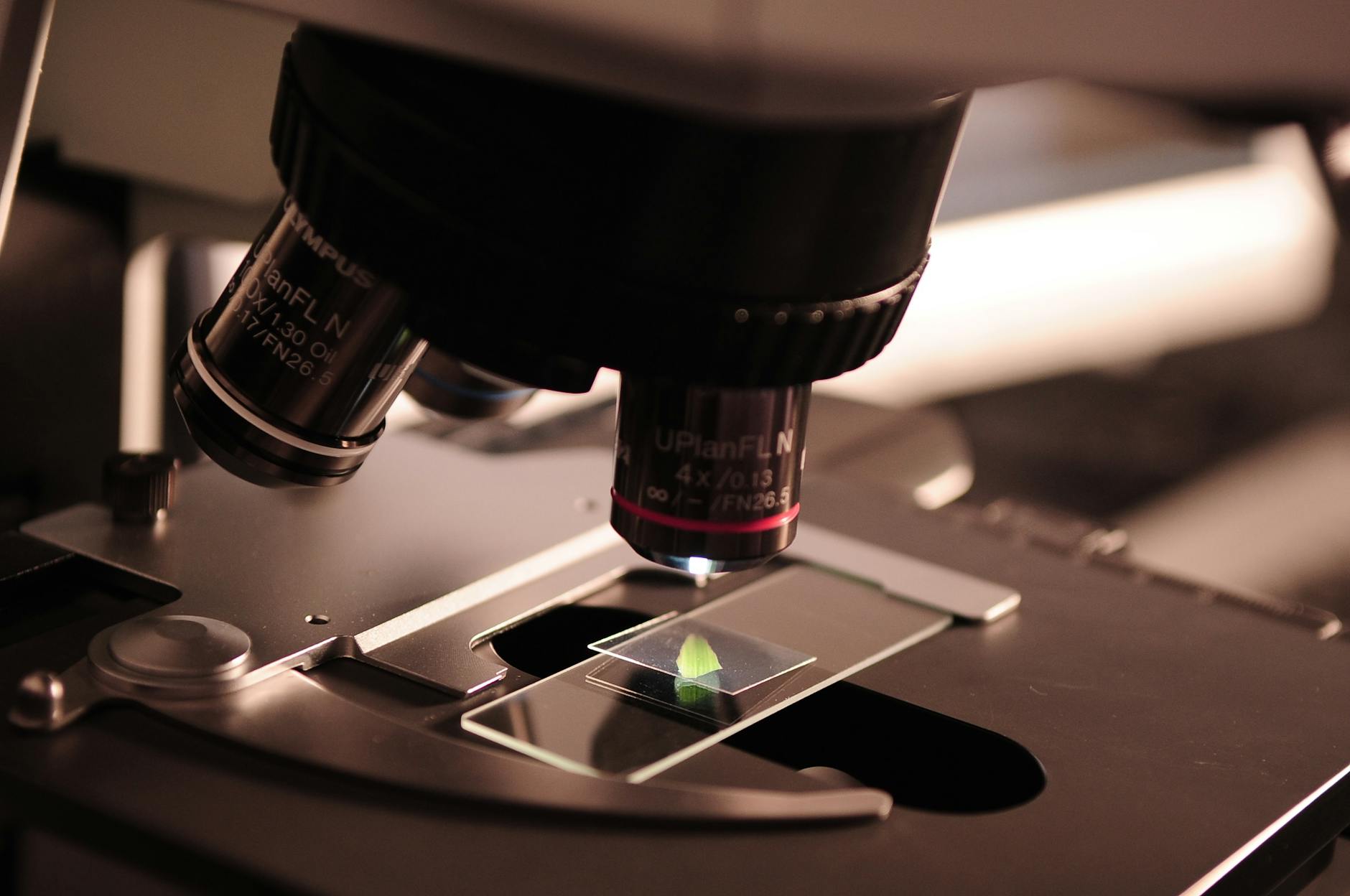The Silent Pulse
How Radio-Telemetry Revolutionized the Hunt for Hypertension's Secrets

Key Innovations
- Stress-free blood pressure monitoring
- Continuous 24/7 circadian data
- Multiparameter tracking (BP, HR, activity)
- Cross-pollination with wildlife tracking tech
Introduction: The Blood Pressure Conundrum
For decades, hypertension researchers faced a frustrating paradox: To study dangerously high blood pressure in animals, they had to stress them. Traditional methods involved restraining conscious mice or rats, warming their tails, and squeezing them into cuff devices—procedures that artificially spiked the very parameter scientists sought to measure. This "stress artifact" distorted data and obscured true physiological patterns. The breakthrough came from an unexpected marriage of wildlife tracking technology and biomedical innovation: implantable radio-telemetry devices. By enabling continuous, stress-free monitoring in freely moving animals, this technology transformed hypertension research, revealing secrets of circadian rhythms, drug efficacy, and disease mechanisms that were previously invisible 3 9 .
1. The Pulse of Progress: Why Telemetry Changed Everything
The tail-cuff method—once the workhorse of rodent blood pressure measurement—has critical limitations:
Radio-telemetry devices (weighing as little as 1.4g for mice) transmit data via radio signals to receivers beneath home cages. Key advantages include:
Table 1: Battle of the Methods – Tail-Cuff vs. Telemetry 3 9
| Parameter | Tail-Cuff | Radio-Telemetry |
|---|---|---|
| Accuracy | ±40 mmHg error possible | Gold standard (direct arterial pressure) |
| Diurnal data | Impossible | Continuous (24/7) |
| Animal stress | High (restraint/warming) | Minimal (freely moving) |
| Cost per study | Low ($) | High ($$$$) |
| Ideal use | Large-group screening | Mechanistic/drug studies |
2. Inside the Landmark Experiment: Decoding Hypertension's Rhythms
A. The Surgical Symphony
A pivotal protocol from the University of Tennessee exemplifies telemetry's precision 9 :
1. Anesthesia & prep
A mouse (≥20g) receives isoflurane. Neck and flank hair are removed.
2. Incisions
A 1-cm neck incision exposes the carotid artery; a 1.5-cm flank pocket houses the transmitter.
3. Catheter tunneling
A polyethylene tube creates a subcutaneous path from flank to neck.
4. Artery cannulation
The carotid is isolated, ligated, and catheter advanced into the aortic arch.
5. Closure & recovery
Incisions are sutured; analgesia is provided for 24 hours.
Critical nuance: Catheter tips use heparinized gel to prevent clotting, and devices are sterilized between uses.
B. Data Revelation: The Nighttime Hypertension Surge
After 5–7 days of recovery (allowing inflammation to subside), continuous monitoring begins. Representative results from four mice show:
- Systolic pressure: 112 mmHg (light) → 126 mmHg (dark)
- Heart rate: 490 bpm (light) → 530 bpm (dark)
Table 2: Circadian Blood Pressure Variation in Mice 9
| Cycle | Systolic Pressure (mmHg) | Diastolic Pressure (mmHg) | Heart Rate (bpm) |
|---|---|---|---|
| Light | 112 ± 2 | 78 ± 3 | 490 ± 15 |
| Dark | 126 ± 3 | 86 ± 2 | 530 ± 20 |
Why this matters: These nocturnal spikes mimic patterns in human hypertensive patients, making mice clinically relevant models for drug trials.
3. The Scientist's Toolkit: Essentials for Telemetry Success
Table 3: Key Reagents and Tools in Radio-Telemetry Research 5 6 9
| Item | Function | Innovation Insight |
|---|---|---|
| Implantable transmitter | Converts BP to radio signals | Solar-powered versions extend battery life to years |
| Doppler shift detectors | Tracks signal location (e.g., Argos satellites) | Enables global marine animal tracking |
| Hope RM12 module | Wireless data transmission (915 MHz) | Adapted from wildlife drones 6 |
| BMP085 pressure sensor | Measures barometric altitude | Miniaturized for rodent arterial use 6 |
| Heparinized gel | Prevents catheter clotting | Critical for long-term patency (>6 months) |
Wireless Transmission
915 MHz signals penetrate cage materials without interference
Long Battery Life
Up to 6 months continuous operation on a single charge
Miniaturization
Devices as small as 1.4g allow mouse implantation
4. Beyond the Lab: Unexpected Impacts and Future Horizons
Ironically, biomedical telemetry now borrows from conservation tech:
- The Miniaturization Revolution: The tiniest tags now weigh 0.3 grams (for hornets!), hinting at future applications in neonatal or zebrafish research 1 .
- Democratizing Data: Initiatives like the U.S. Animal Telemetry Network integrate oceanic and lab data streams, revealing how environment modulates hypertension 4 .

Concept art of a nano-telemetry device floating in a bloodstream, transmitting data to a satellite
Telemetry transformed hypertension research by proving that how we measure determines what we see—and the most profound insights emerge when animals are free to live while scientists listen.